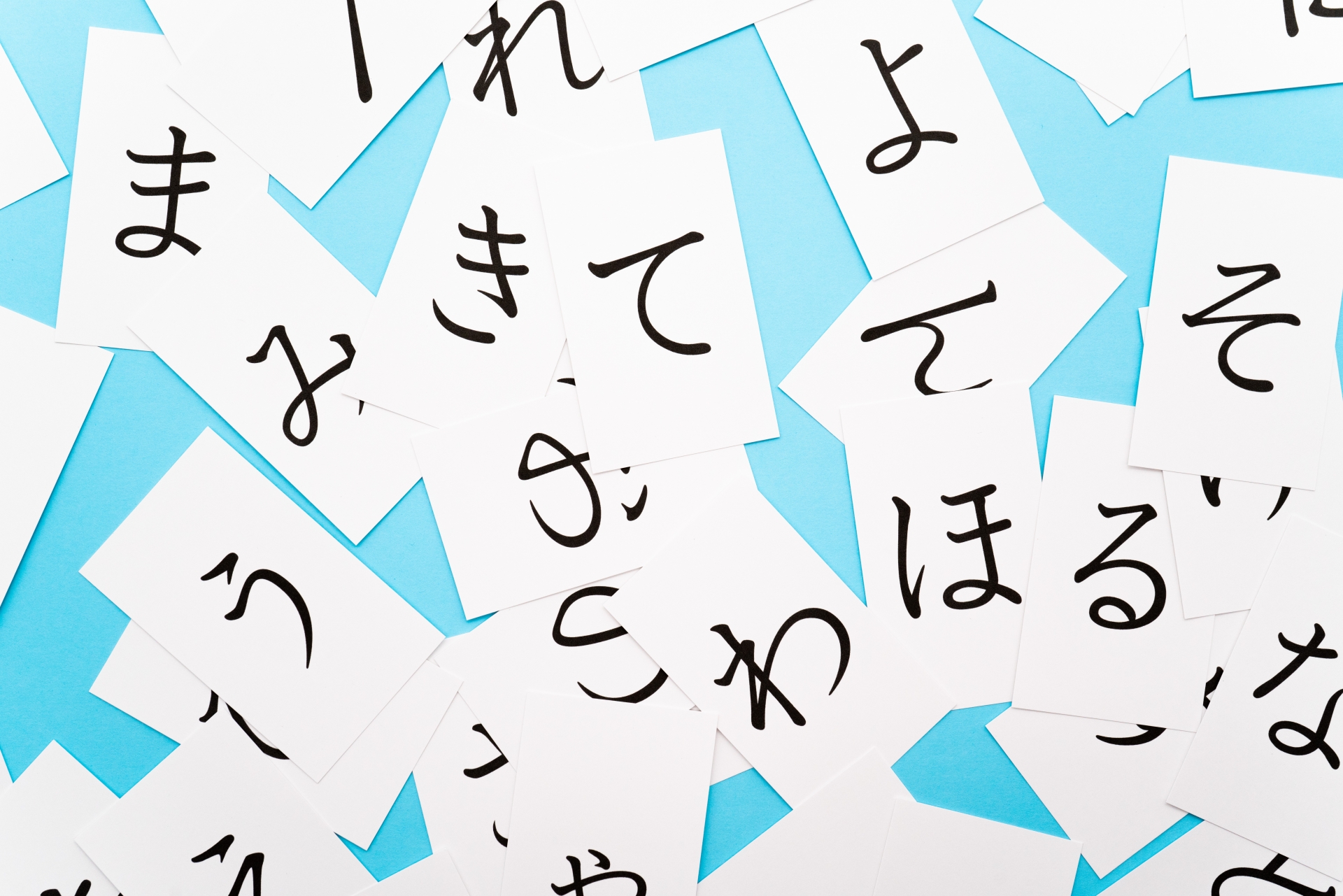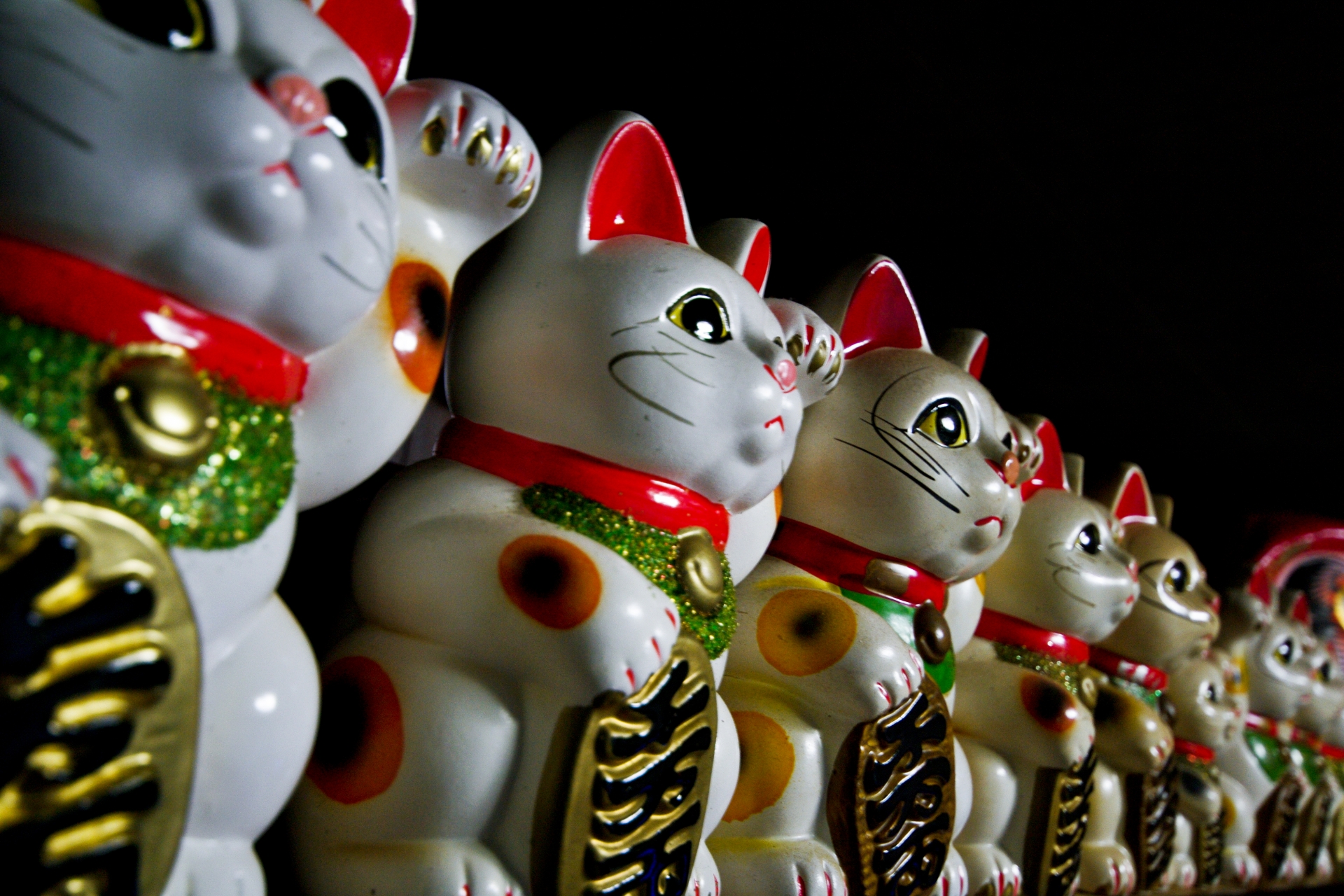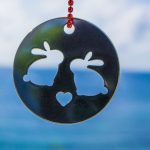
Miho Shimizu is a Japanese freelance writer settled in Shizuoka with her husband and two rabbits. Fascinated with traveling at the age of 18, she has spent most of her long holidays exploring incredible spots around Japan. She also loves to listen to music, draw, and read novels over a cup of green tea.
This post may contain some affiliate links. When you click through and make a purchase we may receive some commission, at no extra cost to you.
- 1. Where does the Japanese language originally come from?
- 2. The Japanese Language Has Three Different Types of Alphabets
- 3. Japanese Language Has no Plurals.
- 4. Subjects are Rarely Used in Japanese
- 5. There are Many Ways to Say “I” in Japanese
- 6. One of the Most Fast Paced Languages in the World
- 7. Intonation is Very Important
- 8. Different Levels of Formality
- 9. Hundreds of Onomatopoeia
- Japan Wonder Travel Tours
- Other articles you might be interested in
1. Where does the Japanese language originally come from?
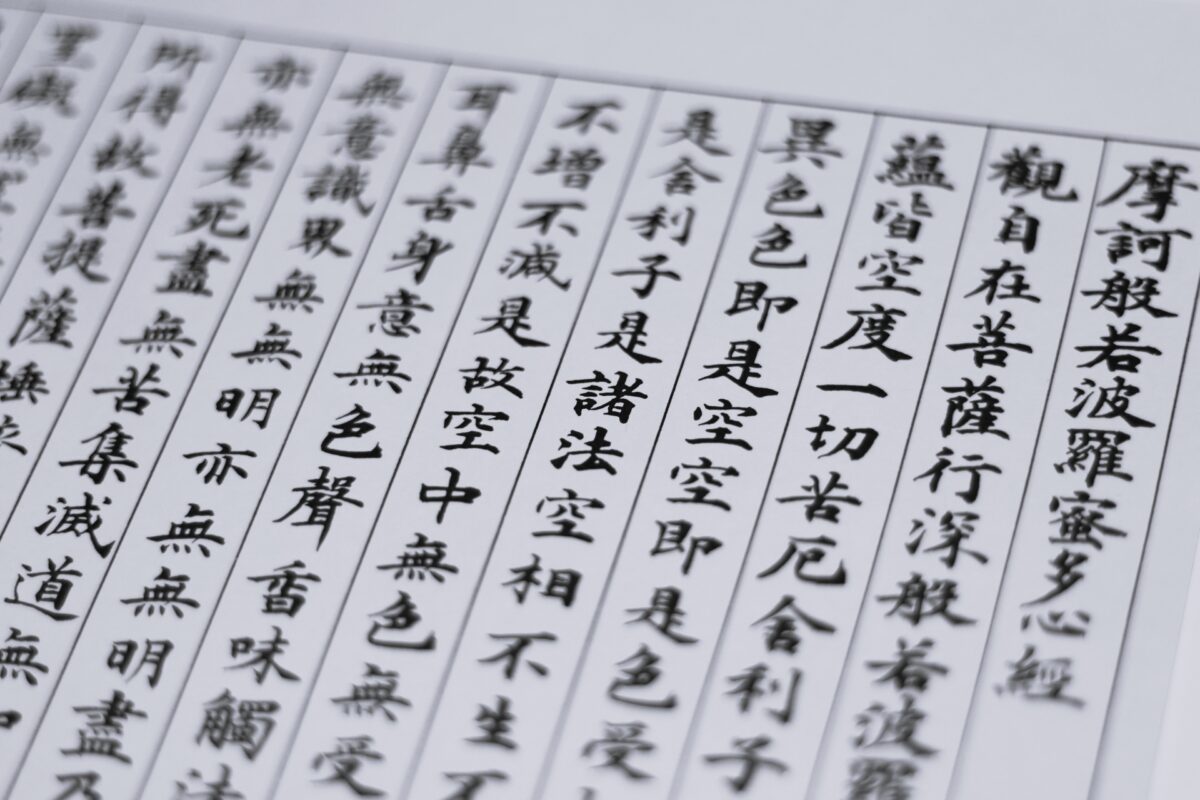
Surprisingly, Japan didn’t have its own writing system until Kanji was introduced from China around the 4th century. This means Japan adopted traditional Chinese Kanji characters and has successfully developed its own language system throughout the centuries. Even today, many similarities can be found between Chinese and Japanese languages. While the modern Chinese language is more simplified, Japanese Kanji characters preserve the original shape of traditional Chinese Kanji.
2. The Japanese Language Has Three Different Types of Alphabets
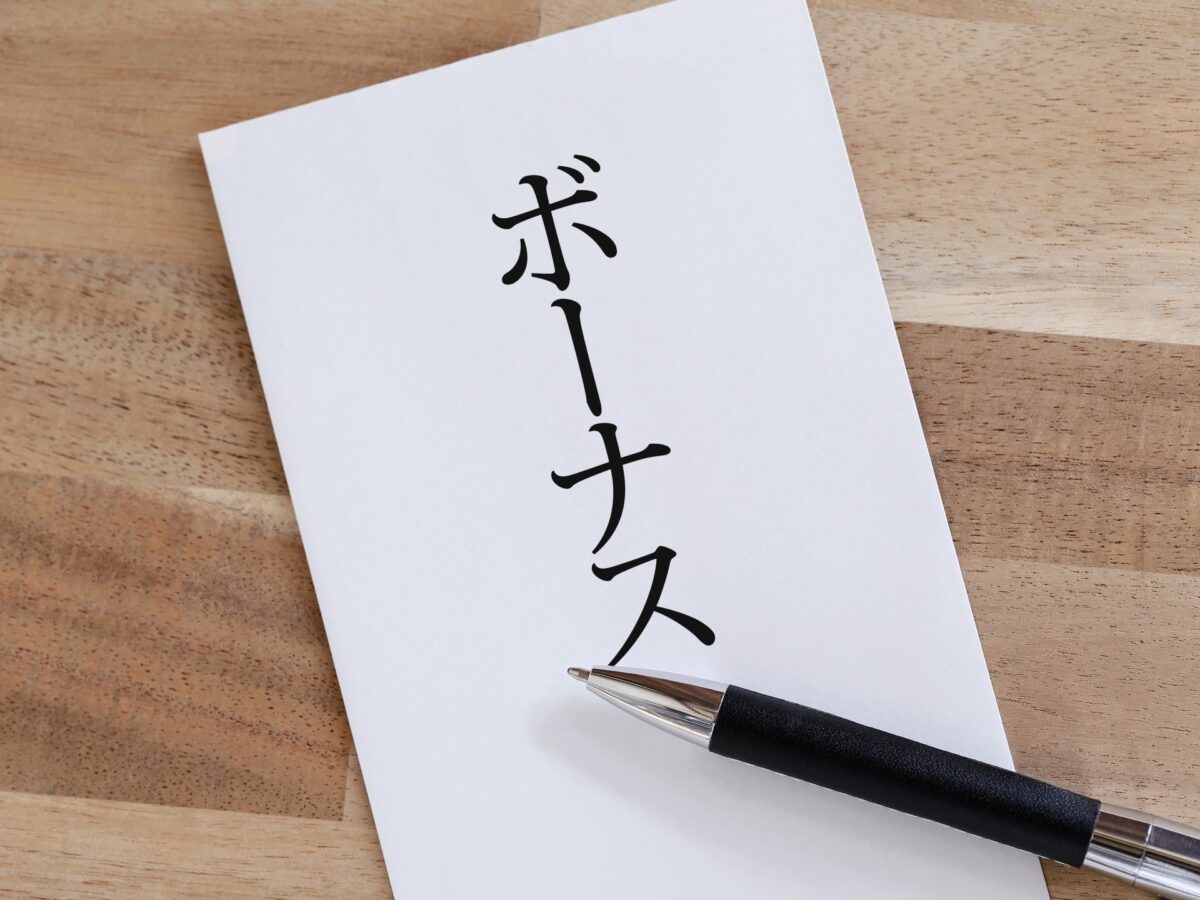
Unlike other languages in the world, Japanese consists of three different types of alphabets: Hiragana (ひらがな), Katakana (カタカナ), and Kanji (漢字). Each of them has distinct features, usage, and origins. This makes the Japanese writing system complicated for foreign learners to learn. If you really want to become fluent in Japanese, you need to properly understand the differences among these alphabets!
Hiragana (ひらがな)
Hiragana is probably the simplest alphabet in the Japanese language. It consists of 46 letters, and each of them represents different sounds. Hiragana is like cursive in shape, and typically can be written with a few strokes. Historically, Hiragana was developed in Japan during the Heian Period (794 – 1185). Hiragana is basically a simplified form of traditional Chinese Kanji characters. The development of Hiragana contributed to an establishment of a new writing system in Japanese. Famous Japanese women novelists in the Heian period, such as Murasaki-shikibu (紫式部) and Seisho-nagon (清少納言), also started to use Hiragana to express their thoughts and feelings in their writings.
Katakana (カタカナ)
Along with Hiragana, Katakana started to be used in the Heian Period. Katakana has taken its simple shape from some components of Kanji characters. Katakana also contains 46 letters, and some of them are quite similar to Hiragana. This feature sometimes makes it difficult for foreign learners to distinguish the slight differences between them at first. For example, “Ka” changes into “か” in Hiragana, while “カ” is the form of Katakana which is a little angular and has no small strike on the left side. In modern times, Katakana is primarily used for loanwords that are imported from other countries, including English words such as “Coffee” (コーヒー) and “Cake” (ケーキ).
Kanji (漢字)
Kanji is the most complicated form of the Japanese language. Each Kanji has its own meaning, and combining more than two Kanji can represent more complicated ideas or meanings. Technically, Kanji has two (or more) different pronunciations, and speakers need to read them correctly depending on how they are used in sentences. This is because ancient Japanese people started to pronounce them in their own style differently after the introduction of the original Kanji from China. “Kun-yomi” (訓読み) is a Japanese-style of reading, while “On-yomi” (音読み) originated in Chinese pronunciation.
3. Japanese Language Has no Plurals.
This may sound surprising, especially for native English speakers, but there is no plural form in Japanese language. This means you don’t need to change the singular form of nouns depending on the context. You may occasionally come across some exceptions, such as “Hito-bito” (means people in Japanese) and “Kuni-guni” (means countries in Japanese). These words are created by repeating the same word twice and adding a small change in pronunciation. In addition, the Japanese language doesn’t have articles that are equivalent to “a”, “an” or “the” which should be added in front of nouns in English.
4. Subjects are Rarely Used in Japanese
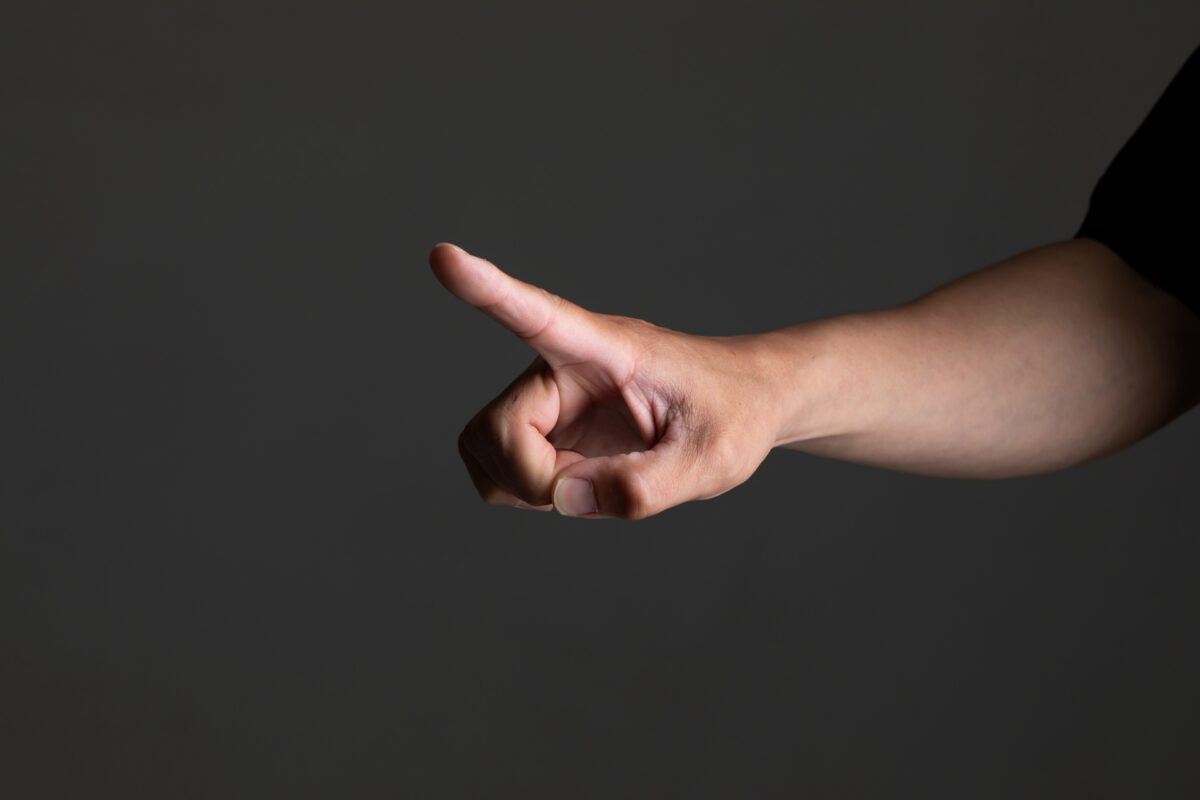
It is very common to omit the subject when taking or writing in Japanese. This may confuse foreign Japanese learners at first, but anyone can get used to the rule naturally as they continue their studies. Even without the subject, you can guess what they are talking about from the context in most cases. In formal situations, however, it is considered polite not to leave out the subject and offer a perfect sentence without any omissions.
5. There are Many Ways to Say “I” in Japanese
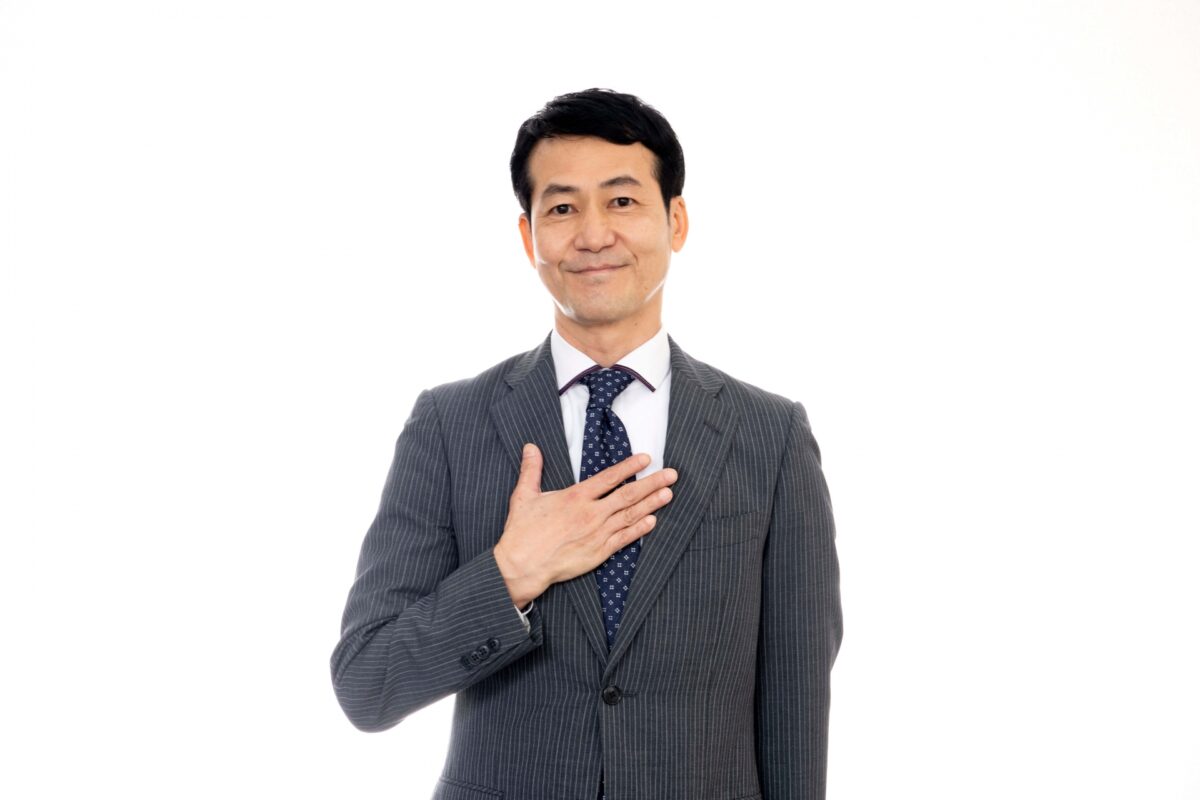
When talking about yourself in Japanese, there are multiple ways to say “I”. “Watashi” (私) is the most common and standard one which can be used in any situation regardless of age or gender. “Watakushi” (私) uses the same Kanji but sounds more polite and perfect for formal situations. “Boku” (僕) means the same but sounds more childish and is mostly used by young boys. “Ore” (俺) is suitable for men to use in casual situations, whereas it is not preferable when talking to someone who is older than you.
6. One of the Most Fast Paced Languages in the World

Believe it or not, according to some research, Japanese is one of the world’s most fast-paced languages. This fact indicates that there is much information in every second that you need to catch when listening to Japanese conversations. This may scare foreign Japanese learners, but don’t worry! One of the best ways to improve your listening skills is to start your practice with slow conversations with native Japanese speakers.
7. Intonation is Very Important
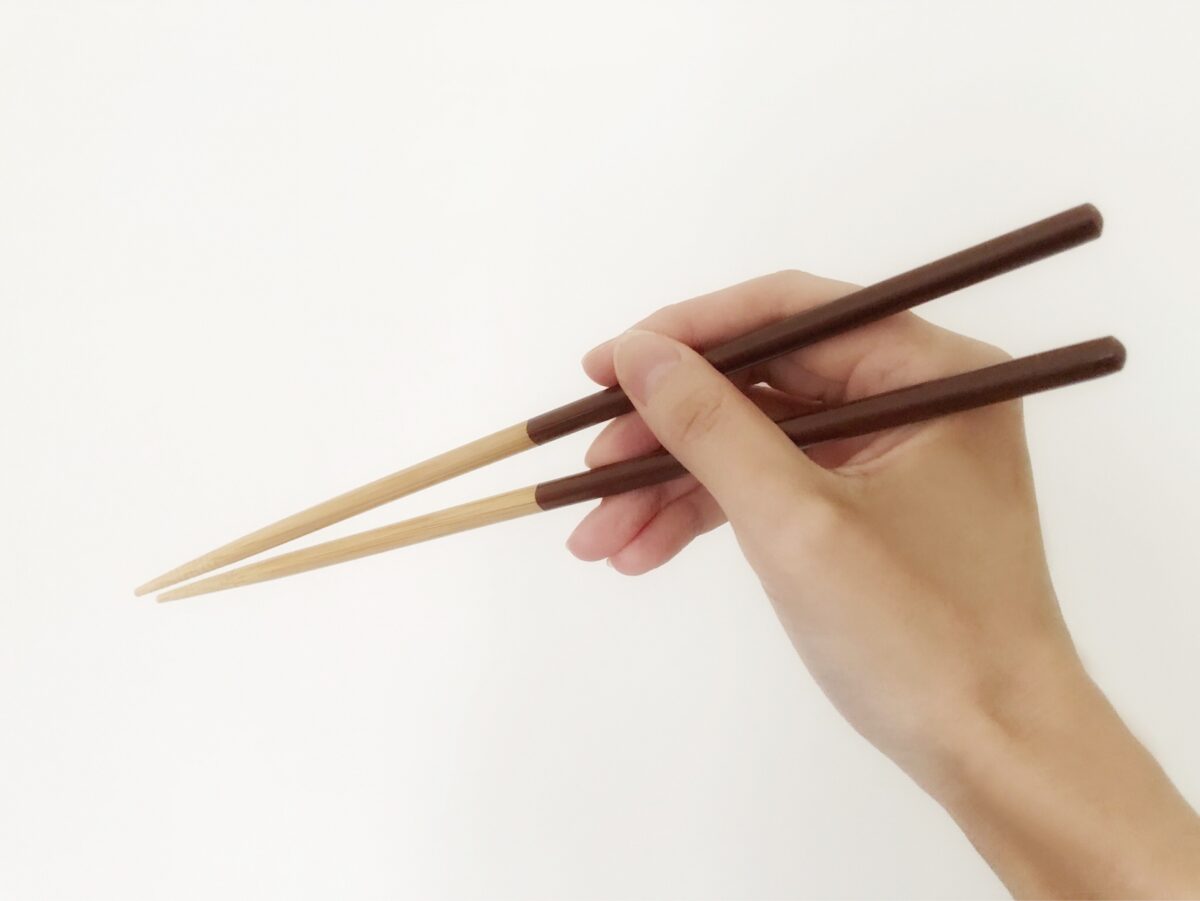
It is often said Japanese is a flat language compared to other foreign languages. This is correct to some extent, but not always the case. When speaking in Japanese, intonation is significantly important to make yourself clearly understood. If you use intonation incorrectly, you might get misunderstood and feel embarrassed. Sometimes the meaning of the word completely changes when the speaker uses the wrong intonation. One example is “Hashi”, which means “chopsticks” when the pitch goes high to low, while it has a meaning of “Bridge” when the pitch goes low to high.
8. Different Levels of Formality

If you want to build a successful career in Japan, having a good understanding of different levels of Japanese formality will be a big help. “Keigo” (敬語) is the most common forms of the Japanese language, which gives a polite impression in formal situations. You can use Keigo in a wide range of situations, including business, job interviews, and conversations with someone who you meet for the first time. “Sonkeigo” (尊敬語) is traditionally considered the highest level of Keigo, which is perfect for showing your respect to the person you are talking to.
Sonkeigo is suitable to use when you talk to someone of high position or simply older than you. “Kenjogo” (謙譲語) translates as “humble language”, and it is preferred when the speaker wants to express modesty in their action and behavior.
9. Hundreds of Onomatopoeia
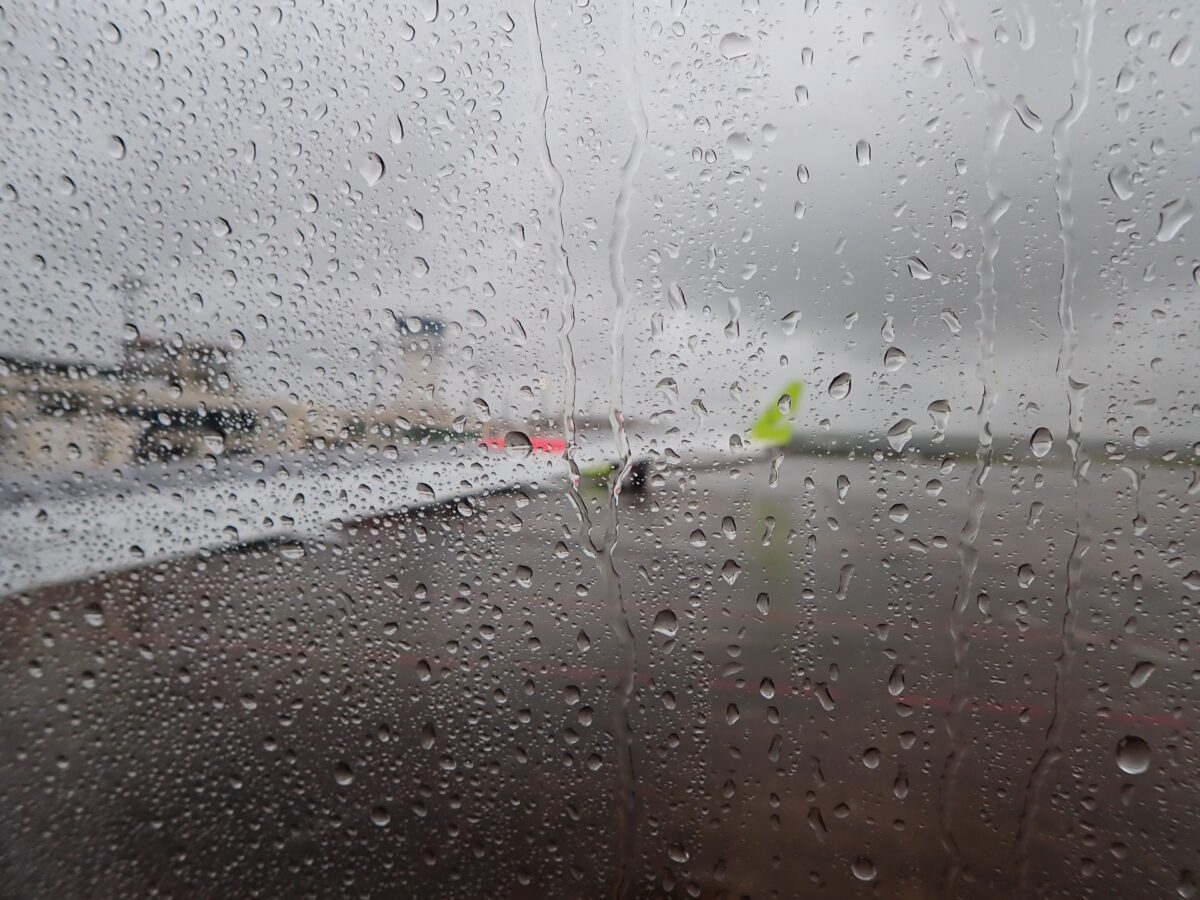
If you have ever read Japanese comic books, you may have realized that there is a variety of onomatopoeia in Japanese expressions. Onomatopoeia generally refers to a word that describes many different types of sounds, including the sounds of animals, human voices, natural sounds, emotions, and feelings. Adding onomatopoeia to a sentence is an effective way to make them sound more lively and real.
For example, there are multiple ways to express the sound of rain with onomatopoeia in Japanese. “Potsu-potsu” (ポツポツ) gives an impression that the rain has just started, and it is still light. “Shito-shito” (シトシト) is often used in similar situations but sounds more quaint. “Zaa-zaa” (ザーザー), on the other hand, describes it raining hard.
Learning a new language can be tough, especially if you are not familiar with the culture and history of the country where the language is spoken. If you are interested in learning more about the Japanese language, make sure to check out our popular articles, “Japanese Dialects Explained by Each Region” and “ Useful Japanese Expressions When Traveling in Japan”!
Japan Wonder Travel Tours
Japan Wonder Travel is a travel agency that offers guided tours throughout Japan.
From private walking tours to delicious Food and Drink tours, we can help you organize the best tours just for you! If you want to explore Japan and learn more about the history and backstories of each area you are visiting, our knowledgeable and friendly English speaking guides will happily take you to the best spots!
In addition, we can provide you with any assistance you may need for your upcoming trip to Japan, so please feel free to contact us if yu have any questions or need some help!
▶Tokyo Tsukiji Fish Market Food and Drink Tour
Explore the most lively and popular fish market in Tokyo and try some of the local’s favorite street foods and sake with one of our friendly and knowledgeable English speaking guides!

▶Tokyo 1–Day Highlights Private Walking Tour (8 Hours)
There’s no better way to explore an area than taking a tour with a knowledgeable local guide. You will have the chance to learn about the history and interesting background stories of Tokyo, as well as discover some hidden gems which can be hard to do without a guide.

▶Mt. Fuji Day Trip Bus Tour from Tokyo
Experience the breathtaking views of Mt. Fuji by visiting the highlights of the area on our guided sightseeing bus tour! Departing from Shinjuku in central Tokyo, you can travel comfortably to all of the best spots in the area by bus.

Follow us on Instagram, Facebook, Twitter, and TikTok for more travel inspiration. Or tag us to get featured!
Happy traveling!
